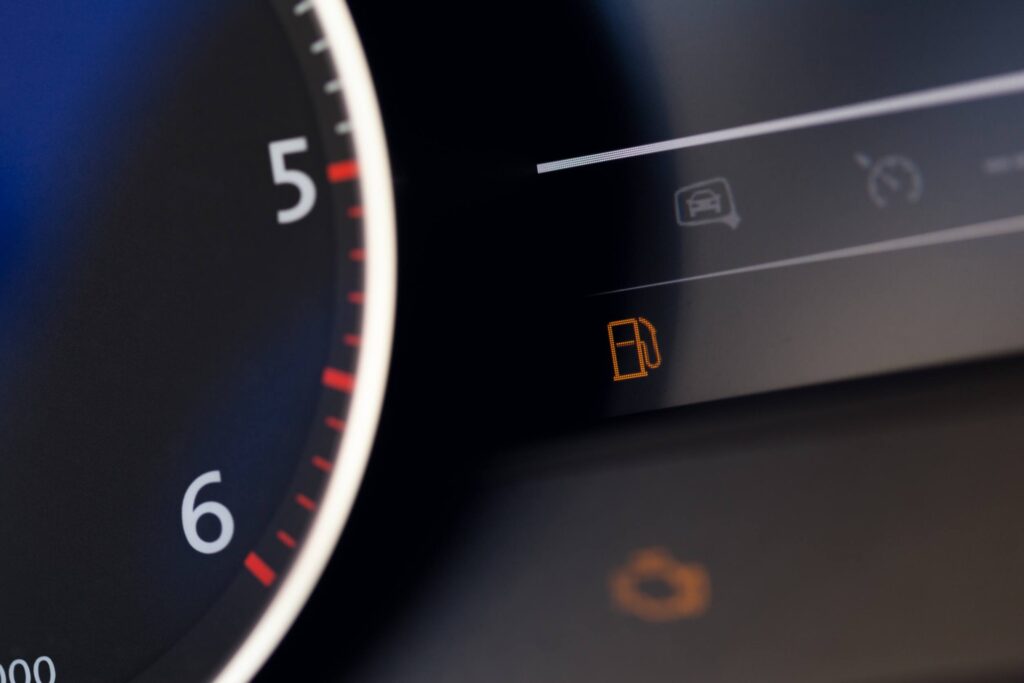The coolant temperature sensor plays a much more vital role than just detecting the coolant’s heat levels; without the information, it provides the brain of the car (ECU), the engine will not run correctly.
To answer, can a bad coolant temperature cause a misfire? Yes, it can, although it’s probably not exactly why you think it’s misfiring, as it’s not a direct cause. If you want to understand more about what I’m talking about, read on.
What Does a Coolant Temperature Sensor Do?
A coolant temperature sensor, also known as an engine coolant temperature sensor (ECT), monitors the temperatures of the engine coolant and relays that information to the ECU. Inside is a variable resistor or a thermistor that changes its electrical resistance based on the temperature of the coolant.
The temperature readings that are provided to the ECU are interpreted and used in 3 different situations when driving:
- The coolant temperatures are used to adjust the fuel injection timing, ignition timing, and other parameters to control the engine’s performance. This helps the engine as a whole package run efficiently and smoothly regardless of the engine temperatures.
- When starting the car, the ECT and other engine sensors provide information. Hence, the ECU knows when to adjust the fuel mixture to keep the vehicle running even in different climates.
- The last and most important role is to provide overheating protection to the engine. If the sensor detects high coolant temperatures, it alerts the ECU, which should first trigger the cooling fans. However, if the temperatures continue to rise, the ECU may activate warning indicators or reduce engine power (limp mode) based on the information provided by the ECT.
What Causes a Coolant Temp Sensor to Fail?
Like every engine sensor, an ECT is prone to failure because of age, manufacturing defect, physical damage, incorrectly wired, or constant exposure to hot temperatures and vibrations.
However, ECTs are specifically prone to build up on the end of the sensor where it is in contact with the water—usually caused by contamination of dirty coolant, incorrect strength, and type of coolant. Sometimes, cleaning the sensor off, performing a coolant flush, and refitting it are possible. However, the build-up is on the outside of the sensor; it indicates the ECT sensor gasket has leaked, which usually means and gets into the wiring and destroys the sensor’s internals.

Can a Bad Coolant Temperature Sensor Cause a Misfire?
Yes, a bad coolant temperature can cause a misfire and even contribute to the engine stalling! However, it is not the bad sensor directly causing the misfire. There are two different scenarios.
Number one, the engine is now in limp-home mode. When an engine is in limp mode, the engine will appear to misfire and struggle to rev past 3000 rpm. This happens because the ECU is trying to protect itself from destruction. There is nothing you can do to force the car out of limp mode while driving; it will not reset until the problem is rectified or the fault code is deleted.
It happens in this instance because the coolant temperature sensor is faulty, it doesn’t provide the correct temperature readings to the ECU. The ECU will believe the engine is overheating and activate the cooling fans, limit fuel delivery, and do anything else it can try to drop the temperatures. But it won’t work because the sensor still provides the incorrect temperature readings, so it will throw the check engine light on and activate limp mode.
The other reason the car will misfire is because the ECT sensor is providing incorrect temperature data. The ECU will supply the wrong fuel and ignition settings, which can disrupt the combustion process, the smooth running of the engine, cause it to stall and fail to restart again. Although these misfires will not be as strong as the car in limp mode, you may think driving is ok; it’s just minor vibrations. It will cause damage to other engine parts and sensors very quickly if you do.
How to Diagnose a Bad Coolant Temp Sensor
Diagnosing a bad coolant temperature sensor usually involves plugging the car into a diagnostic machine. So for you, that might include having a mechanic to do this for you. When an ECT fails, it usually pings the check engine light on the dashboard.
However, you can sometimes confirm a faulty sensor using a multimeter and check the resistance across the terminals. Still, you need to know the correct values, and each car’s ECT sensor is slightly different. While you have the multimeter, you can check to confirm if something between the ECT and the ECU is causing the issue. With the engine ignition on (not started), there should be a voltage across one of the terminals and ground of approximately 5 volts. If you don’t have a voltage there, there is something wrong between the wiring from the sensor and the ECU. Essentially you have an incomplete circuit, and the sensor is not the fault.
Without any tools, determining you have a bad coolant temp sensor is tricky. But physically inspecting it and checking for any indications of leaks or damage to the wiring is pretty much all you can do.
You can also replace the sensor; they are usually very reasonably priced and straightforward to fit. But regardless, you still might require a diagnostic machine to delete the fault code and reset the ECU.
Bottom Line
Although a bad coolant temperature sensor can cause a misfire, the misfire itself is usually the car in limp mode because the car thinks that its overheating and is now trying to protect itself. The good or bad news is diagnosing a faulty ECT is relatively straightforward if you use a code reader. If you don’t, this might be one of those simple jobs you must have a mechanic inspect.









